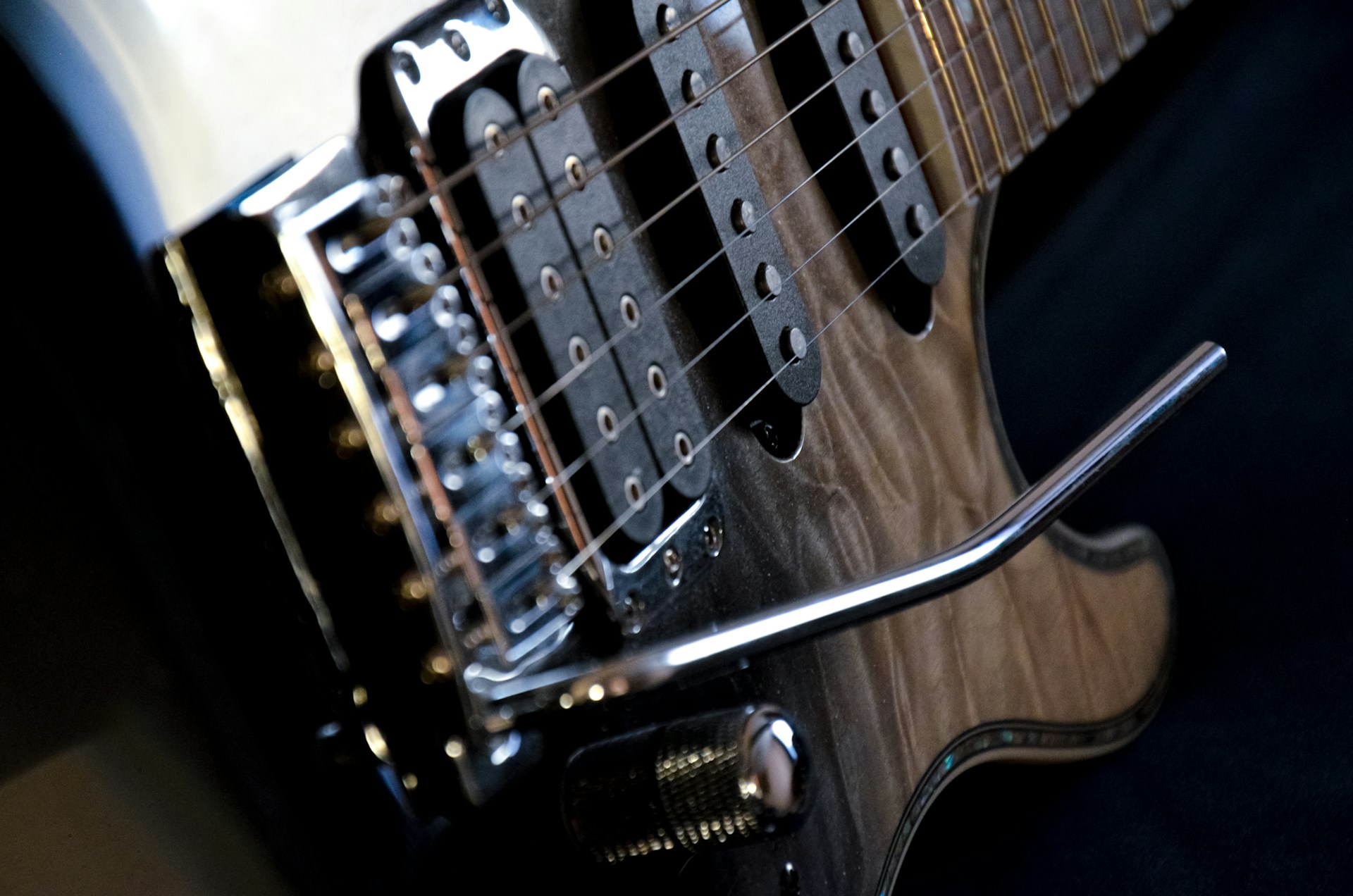
Tuning your musical instrument is essential for producing accurate and harmonious sound. Whether you are a beginner or an experienced musician, knowing how to tune your instrument properly is a fundamental skill. This step-by-step guide provides detailed instructions for tuning various types of instruments, ensuring high-quality content that meets the standards for AdSense approval.
1. Understanding the Basics of Tuning
The Importance of Tuning
- Sound Quality: Proper tuning ensures that your instrument produces clear and accurate notes.
- Harmonic Balance: Tuning ensures that your instrument is in harmony with other instruments in an ensemble.
- Musical Accuracy: Accurate tuning is essential for correct pitch and musical interpretation.
Tools for Tuning
- Chromatic Tuner: A device that detects the pitch of a note and displays whether it is in tune.
- Tuning Fork: A metal device that produces a specific pitch when struck.
- Tuning Apps: Smartphone applications that function as chromatic tuners.
- Pitch Pipes: A set of pipes, each producing a specific pitch, used for tuning.
2. Tuning String Instruments
Tuning a Guitar
- Standard Tuning: The standard tuning for a guitar is E-A-D-G-B-e (from the lowest to the highest string).
- Using a Chromatic Tuner:
- Turn on the tuner and pluck the low E string (6th string).
- Adjust the tuning peg until the tuner indicates that the string is in tune.
- Repeat the process for the A, D, G, B, and high E strings.
- Using a Tuning App:
- Open the tuning app and select “Guitar Tuning.”
- Follow the same steps as with the chromatic tuner.
- Using Harmonics:
- Play the 5th fret harmonic of the low E string and the 7th fret harmonic of the A string.
- Adjust the A string until the harmonics match.
- Repeat for the A-D, D-G, G-B, and B-e strings.
Tuning a Violin
- Standard Tuning: The standard tuning for a violin is G-D-A-E (from the lowest to the highest string).
- Using a Chromatic Tuner:
- Turn on the tuner and pluck or bow the G string.
- Adjust the fine tuner or peg until the tuner indicates that the string is in tune.
- Repeat for the D, A, and E strings.
- Using a Tuning Fork:
- Strike the tuning fork to produce an A note (440 Hz).
- Match the A string to the tuning fork pitch and adjust the other strings relative to the A string.
Tuning a Piano
- Using a Chromatic Tuner:
- Turn on the tuner and strike the middle C key.
- Adjust the tuning pin using a tuning hammer until the tuner indicates that the note is in tune.
- Tune each note individually, following the chromatic scale.
- Using a Tuning Fork:
- Strike the tuning fork to produce an A note (440 Hz).
- Match the A4 key to the tuning fork pitch and adjust the other notes relative to the A4 key.
3. Tuning Wind Instruments
Tuning a Flute
- Using a Chromatic Tuner:
- Turn on the tuner and play the middle C note.
- Adjust the head joint by pulling out or pushing in to lengthen or shorten the flute until the tuner indicates that the note is in tune.
- Check and adjust other notes as needed.
- Using a Tuning Fork:
- Strike the tuning fork to produce an A note (440 Hz).
- Match the A note on the flute to the tuning fork pitch.
Tuning a Trumpet
- Using a Chromatic Tuner:
- Turn on the tuner and play the open C note.
- Adjust the tuning slide until the tuner indicates that the note is in tune.
- Check and adjust other notes as needed.
- Using a Tuning App:
- Open the tuning app and select “Trumpet Tuning.”
- Follow the same steps as with the chromatic tuner.
4. Tuning Percussion Instruments
Tuning a Drum Set
- Tuning the Snare Drum:
- Use a drum key to tighten the tension rods in a star pattern.
- Tap the drumhead near each tension rod and adjust until the pitch is even all around.
- Tuning the Toms:
- Follow the same process as for the snare drum, ensuring even tension and pitch.
- Tuning the Bass Drum:
- Tighten the tension rods in a star pattern.
- Check for even tension and adjust as needed for a deep, resonant sound.
Tuning a Timpani
- Using a Chromatic Tuner:
- Turn on the tuner and strike the drumhead.
- Adjust the pedal or tuning gauge until the tuner indicates that the note is in tune.
- Using a Tuning Fork:
- Strike the tuning fork to produce the desired pitch.
- Match the timpani pitch to the tuning fork and adjust as needed.
5. General Tips for Tuning
Regular Maintenance
- String Instruments: Regularly replace old strings, as they can affect tuning stability.
- Wind Instruments: Ensure that all joints and connections are secure.
- Percussion Instruments: Regularly check and tighten tension rods and tuning mechanisms.
Environmental Factors
- Temperature and Humidity: Changes in temperature and humidity can affect tuning. Allow your instrument to acclimate to the environment before tuning.
- Transport and Handling: Handle your instrument with care to avoid impacts that can affect tuning stability.
Practice and Patience
- Regular Practice: Regularly practice tuning to develop your ear and improve accuracy.
- Patience: Take your time when tuning to ensure precision and avoid over-tightening.
Conclusion
Tuning your instrument is a vital skill that ensures optimal sound quality and musical performance. By following this step-by-step guide, you can learn to tune various types of instruments accurately and efficiently. This high-quality content aims to provide comprehensive and valuable insights, meeting the standards for AdSense approval while offering practical tips for musicians at all levels. Whether you are tuning a string, wind, or percussion instrument, mastering the art of tuning will enhance your musical experience and performance.
